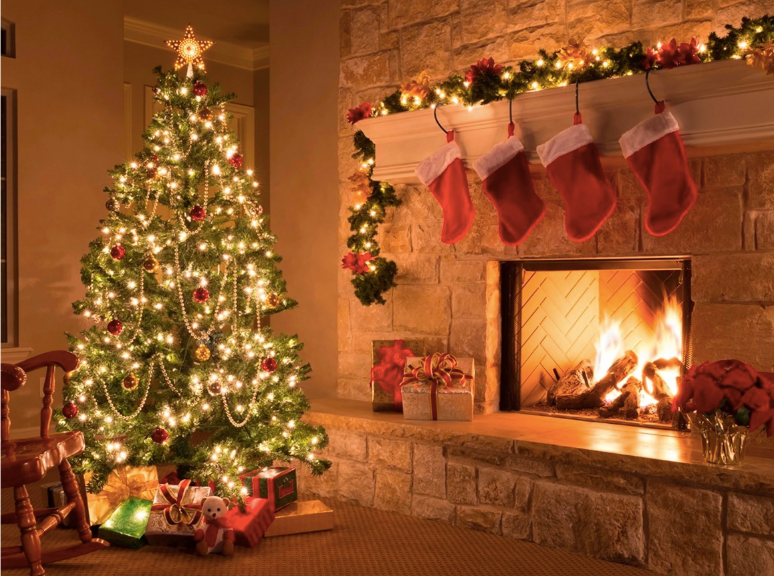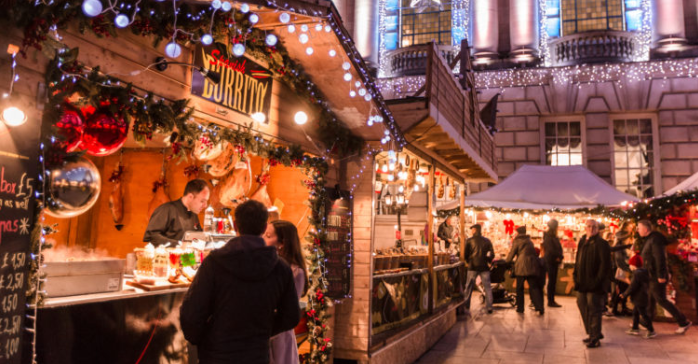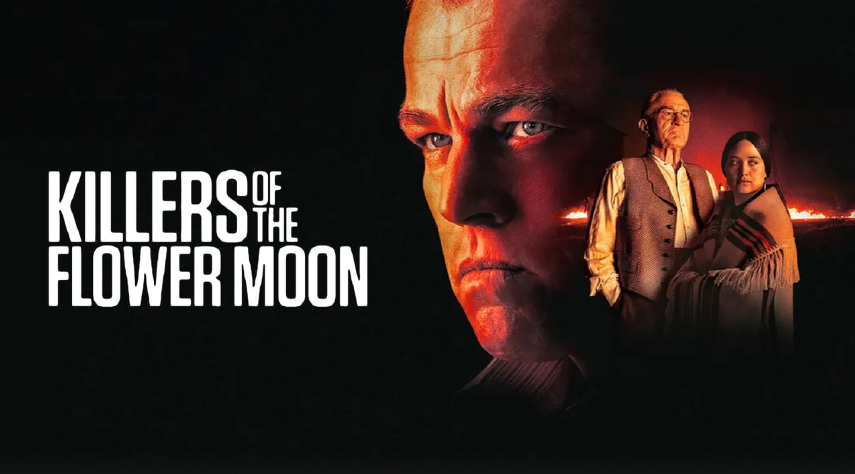How Christmas has changed over the years
- Ryan Hakawati
- Nov 27, 2022
- 2 min read
Updated: Jan 8, 2023
Christmas is just around the corner, thelong-awaited time of the year. However, many people forget how Christmas has even started or the evolution of Christmas, which is quite important as we must have some prior knowledge of how such a popular time of year was born.

Christmas had only been celebrated at public gatherings, yet this began to shift in the early 19th century when families began to celebrate it together/privately. Christmas rituals including decorating a tree, exchanging gifts, and giving to charities emerged throughout the early to the mid-19th century when each family formed its own traditions for the holiday.
Around December 25th, the Romans celebrated Brunalia, the “Birth of the unconquered son”. This was similar to Christmas for all the worshippers of Mithras, the Persian sun God. This was possibly the only other Pagan religion at this time in history that could be considered a legitimate rival to Christianity. It was already the year 336 that the western church decided to celebrate Christmas on December 25. Around this time, other religions also celebrate special occasions, like the Jewish faith, which celebrates Hanukah.
Christmas transformed into a more commercial holiday after World War II. There were Christmas decorations and music at more shops and episodes of radio and television programs had Christmas-themed content. Christmas cards were sent to loved ones, and some people even went door to door carolling known Christmas songs.
The invention of the Christmas tree, Christmas crackers, and Christmas cards occurred during the Victorian era, which was a significant aspect in the history of Christmas. Many credits Queen Victoria for bringing about the most recognizable elements of Christmas through her marriage to the German-born Prince Albert. A drawing of the royal family celebrating around a festive Christmas tree was published in the Illustrated London News in 1848. This tradition was symbolic of Prince Albert’s upbringing in Germany. Soon, there were Christmas trees in every home in Britain, decorated with handcrafted ornaments, candies, fruit, and small gifts. When a British baker named Tom Smith introduced bonbons, sugared almonds wrapped in twists of paper that he had seen in Paris, the Victorians launched another commercial Christmas enterprise. These eventually evolved into the well-known“Christmas cracker”.
Despite having religious roots, Christmas has evolved into a secular festival that is becoming more and more commercialized. This has caused worry for generations, according to historian Lisa Jacobson. Since Christmas's emergence in the middle of the 19th century, people have criticized the holidays' excessive commercialization, she told the university newspaper The Current. “I don’t think ambivalence has ever really gone away”.
There is truth to those who worry that the holiday has departed from its religious origins. However, the holiday offers something-whether holy or not for everyone who celebrates it because to its mixture of paganism and religious customs.
Bibliography
“How Christmas Has Evolved over Centuries.” History, 10 Dec. 2021, www.nationalgeographic.com/history/article/how-christmas-has-evolved-over-centuries.
Time, Pieces of. How Christmas Traditions Have Changed across the World over Time | Pieces of Time Ltd. www.antique-watch.com/christmas-traditions-over-time/.
Etenuk. “How Has Christmas Changed over the Years.” The Language Fair, 7 Dec. 2020, thelanguagefair.com/2020/12/07/how-has-christmas-changed-over-the-years-the-language-fair/. Accessed 15 Nov. 2022.
Wikipedia Contributors. “Christmas.” Wikipedia, Wikimedia Foundation, 11 Dec. 2018, en.wikipedia.org/wiki/Christmas.






Comments